Disclosure: This article contains affiliate links. We may earn a commission from purchases at no extra cost to you, which helps our travel content.
After decades behind the wheel of buses in both Liverpool and Sydney, I've developed a keen eye for what makes a proper day trip tick. Kenya's capital might seem like just another bustling metropolis with its snarled traffic and constant horn symphony (reminds me of Liverpool on match day), but just beyond the concrete jungle lie some proper mountains begging to be climbed. Mount Longonot and the Ngong Hills have become my go-to escapes whenever I'm in Nairobi—perfect for stretching the legs after long flights and getting a proper taste of Kenya's magnificent landscapes without breaking the bank or requiring Olympic-level fitness. These volcanic formations offer everything an old bus driver turned mountain enthusiast could want: challenging trails, spectacular views, and the chance to be back in town for a cold Tusker beer by sundown. So grab your daypack and let's get cracking on some proper hiking adventures just a stone's throw from Nairobi.
Getting to Mount Longonot: Transportation Tips from an Old Bus Driver
If there's one thing 35 years of bus driving taught me, it's how to spot efficient transport options. Mount Longonot sits about 90km northwest of Nairobi in the Great Rift Valley—a journey that'll take you roughly two hours depending on traffic and your choice of wheels.
The cheapest option is catching a matatu (Kenya's colorful minibuses) from Nairobi to Naivasha, then another to Longonot town. At around 300 KSH (£2) total, it's a bargain, but be prepared for the classic matatu experience: packed like sardines with chickens potentially as fellow passengers. Reminds me of Liverpool's Number 86 bus on Saturday nights, minus the chickens.
For those wanting more comfort, hiring a taxi for the day runs about 5000-7000 KSH (£30-45)—split between four people, it's reasonable and gives you flexibility. I'd recommend my driver James (I've saved his number in my contacts after three visits), who knows exactly when to avoid Nairobi's rush hour bottlenecks.
If you're feeling adventurous like me, rent a car for about 4000 KSH (£25) daily. The roads are decent, though watch for those notorious potholes that make Sydney's worst streets seem smooth as glass. I always pack my trusty GPS navigator as mobile signals can be spotty and Google Maps once tried sending me down what turned out to be a dry riverbed.
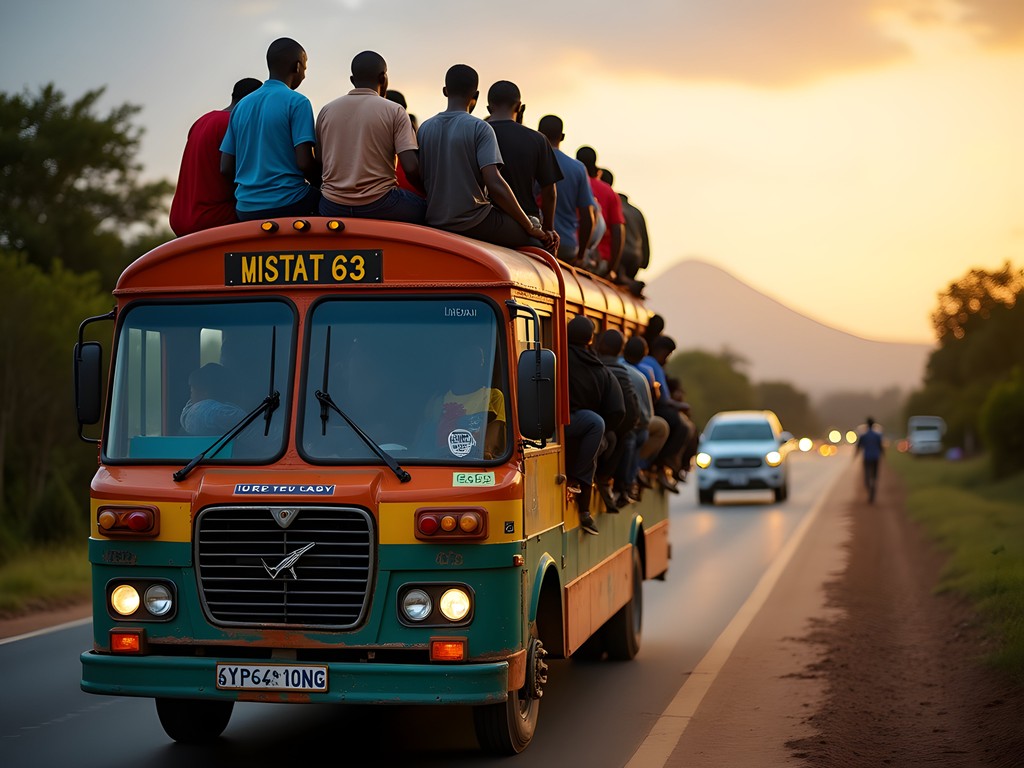
💡 Pro Tips
- Leave Nairobi by 6:30 AM to avoid traffic and heat on the mountain
- Always negotiate taxi fares BEFORE getting in the car
- Book return transport in advance—getting back can be trickier than getting there
Tackling Mount Longonot's Volcanic Crater
Mount Longonot isn't your average hill—it's a proper volcano standing at 2,776 meters with a massive crater that'll have you picking your jaw up off the ground. The park entrance fee is 800 KSH (about £5) for foreigners, which always strikes me as fair considering the natural wonder you're about to experience.
The hike begins deceptively gentle before quickly showing its true colors. That initial steady incline transforms into a proper quad-burning ascent that had me questioning my life choices by the halfway mark. After 30 minutes of steady climbing, you'll reach a viewpoint that offers your first glimpse of the crater—take it from an old bus driver who's seen his share of impressive sights, this one's worth pausing for.
The full crater rim circuit takes about 3-4 hours and is where the real adventure begins. The path narrows in sections with steep drops on either side—nothing dangerous if you're careful, but not for the faint-hearted. The southern rim offers spectacular views across Lake Naivasha and the Great Rift Valley that make every drop of sweat worthwhile.
I'd recommend wearing proper hiking boots rather than trainers. The volcanic soil gets slippery, especially during descent, and these boots have saved my aging knees from punishment on multiple occasions. My second visit was during a light rain, and I watched three young tourists slip repeatedly in their fancy fashion trainers while my boots gripped like they were made for the job.
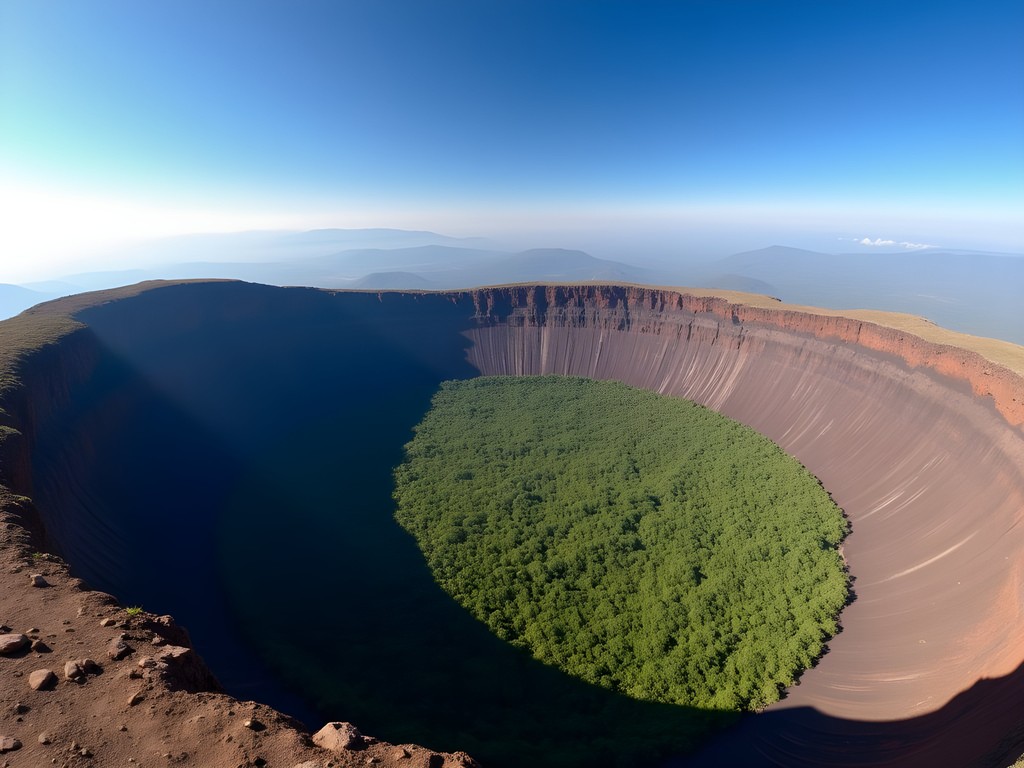
💡 Pro Tips
- The crater rim has zero shade—wear a hat and apply sunscreen liberally
- Carry at least 2 liters of water per person, more in hot weather
- Watch for baboons near the entrance—they're cheeky buggers with an eye for unattended snacks
The Ngong Hills: Nairobi's Overlooked Gem
While Mount Longonot gets all the glory, the Ngong Hills are my secret favorite—partly because they're just 22km from Nairobi (a bus driver always appreciates proximity) and partly because they offer a completely different experience with far fewer tourists.
The Ngong Hills form a ridge with seven distinct peaks resembling knuckles on a fist—'Ngong' actually means 'knuckles' in Maasai. The entrance fee is a mere 200 KSH (about £1.20) for foreigners, making this possibly the best value adventure near Nairobi.
From Nairobi, grab a matatu to Ngong Town (50 KSH) and then either walk the 3km to the entrance or take a bodaboda (motorcycle taxi) for another 100 KSH. I've always found the bodaboda drivers at Ngong Town to be fair with pricing—unlike some tourist areas where they seem to think all foreigners are walking ATMs.
The standard hike takes you across all seven hills, covering about 11.5km one-way. It's a proper up-and-down affair that'll have your thighs burning, but nothing too technical. I typically start from the Ngong Town side and finish at Kona Baridi, as the elevation gain is more gradual this way.
The views are spectacular—Nairobi's skyline on one side and the vast Rift Valley on the other. On clear days, you might even spot wildlife in the distance, including giraffes and zebras. My compact binoculars have been invaluable for wildlife spotting here—lightweight enough for a day hike but powerful enough to bring distant animals into focus.
Be aware that security concerns have existed in the past. I always check the current situation before heading out and have never had problems, but it's wise to hike in groups and avoid carrying flashy gear. The Kenya Wildlife Service rangers at the entrance can provide up-to-date advice.
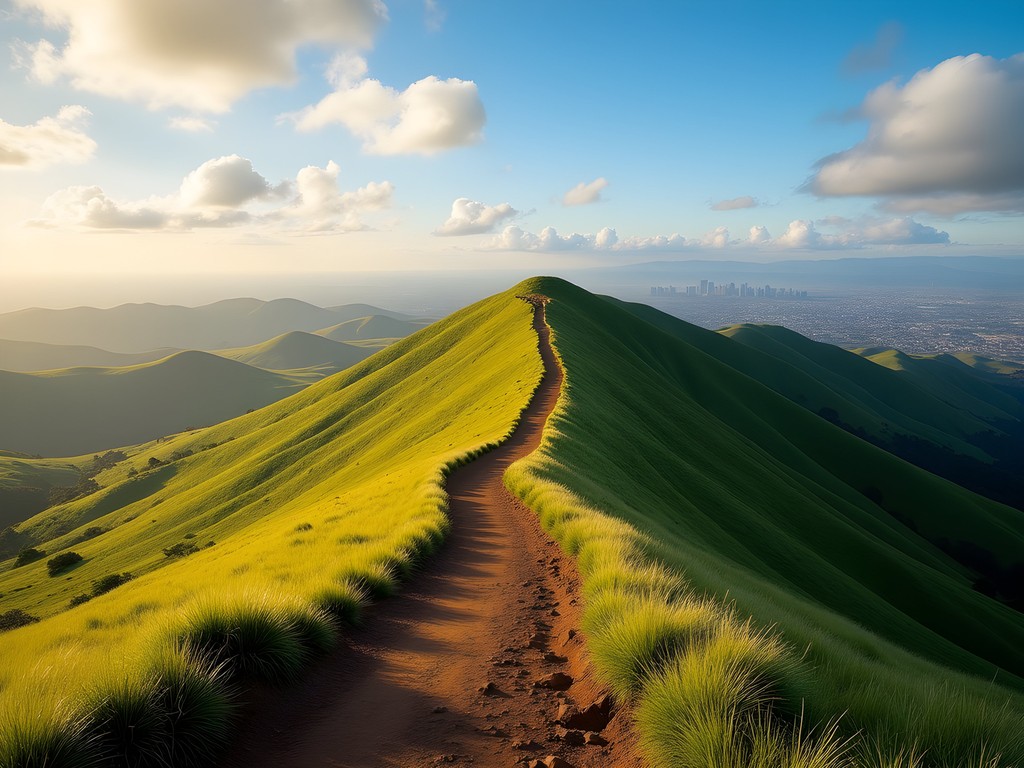
💡 Pro Tips
- Arrange transport from the end point (Kona Baridi) before starting—taxis are scarce there
- The wind can be fierce on the ridge—a windproof layer is essential even on sunny days
- Local Maasai sometimes sell beautiful handcrafted walking sticks at the entrance—worth the 500 KSH for both the support and souvenir
Local Eats: Refueling After Your Hike
After decades of bus driving, I've learned that finding good, honest grub is essential when you're knackered from physical exertion. Both hiking areas offer some proper local eating experiences that won't dent your wallet.
Near Mount Longonot, skip the overpriced tourist restaurants and head to Longonot Town's small eateries where locals dine. My go-to spot is Mama Oliech's tiny roadside kibanda (food stall) where 300 KSH (less than £2) gets you a mountain of ugali (maize porridge) with sukuma wiki (kale) and nyama choma (grilled meat). The portions could feed a small family—perfect after burning thousands of calories on the crater rim.
For Ngong Hills, I always finish at Savannah Coffee House in Ngong Town. Their samosas (30 KSH each) are possibly the best I've had outside of Liverpool's Bold Street, and their chai masala (80 KSH) revives tired muscles better than any energy drink. The locals who run it have seen me enough times now that they start brewing my tea when they spot me trudging back from the hills.
I always carry a small hydration backpack with water and snacks for the trail. The 2.5-liter capacity means I'm never caught short, and having water on demand through the drinking tube means I stay properly hydrated without having to stop and rummage through my bag every time I need a sip.
One word of advice—carry small bills for these local spots. Nothing causes more awkward moments than trying to pay for a 300 KSH meal with a 5000 KSH note. I learned this lesson the hard way on my first visit when poor Mama Oliech had to send her son running to four different shops to make change.
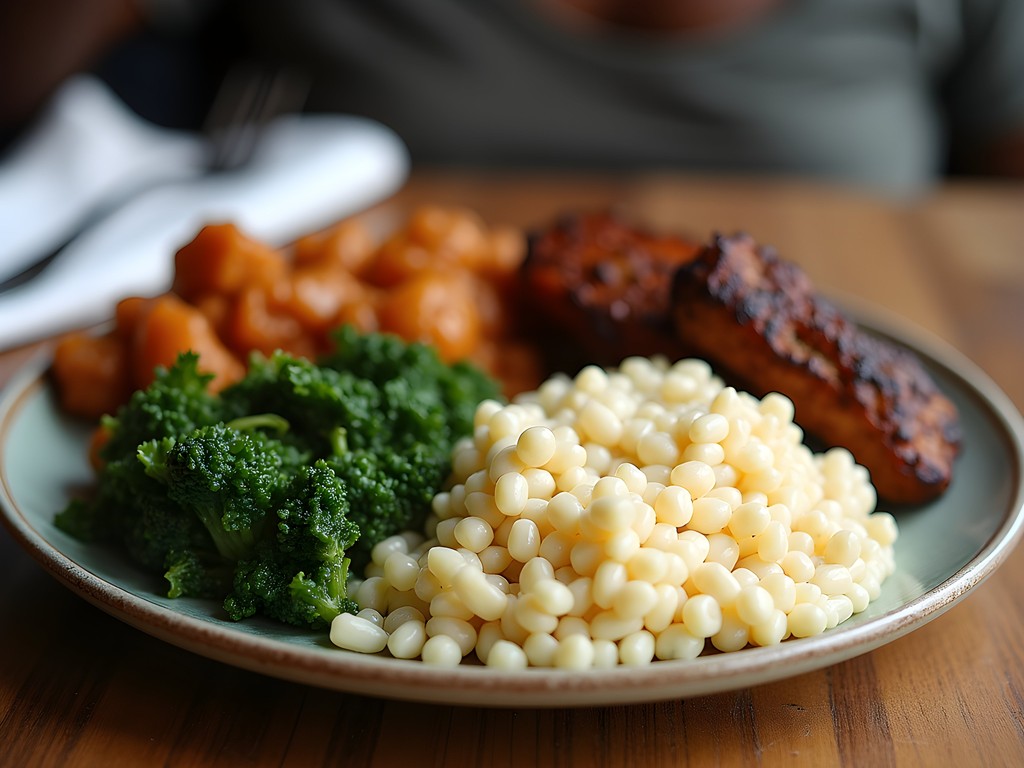
💡 Pro Tips
- Eat where locals eat—food is fresher, cheaper, and more authentic
- Try ugali at least once—it's Kenya's staple and surprisingly filling for hikers
- Bring wet wipes for post-nyama choma finger cleaning—most small eateries have limited washing facilities
Comparing the Mountains: Which to Choose?
After conquering both these peaks multiple times, I'm often asked which I'd recommend to first-timers. The answer depends on what you're after.
Mount Longonot offers the more dramatic landscape and a proper challenging hike. The volcanic crater is genuinely impressive—something you'll be showing photos of for years to come. The downside? It's further from Nairobi and more popular with tourists, especially on weekends.
The Ngong Hills provide a more varied hiking experience with their multiple peaks and ridges. They're significantly closer to Nairobi (making them perfect for those short on time), less crowded, and offer both city and wilderness views. The terrain is less rugged than Longonot but covering all seven hills is no walk in the park—you'll still feel it in your legs the next day.
For photography enthusiasts, I'd lean toward Longonot for landscape shots and Ngong for wildlife opportunities. My trusty hiking daypack has accompanied me on both mountains multiple times—its padded shoulder straps and back panel have been a blessing for my 64-year-old frame, and the multiple compartments keep my camera gear organized and accessible.
If you're feeling particularly energetic and have a few days in Nairobi, why not do both? They offer complementary experiences that showcase different aspects of Kenya's magnificent landscape. Just leave a day in between for recovery—these old bus driver legs needed it, and I suspect yours might too.

💡 Pro Tips
- Choose Longonot for the wow factor, Ngong Hills for convenience and fewer tourists
- Both mountains are doable in a day but require moderate fitness—don't underestimate them
- For the best photographs, Longonot is most dramatic at midday when the crater shadows are minimal, while Ngong Hills are stunning at sunrise or sunset
Final Thoughts
Whether you tackle the volcanic wonder of Mount Longonot or the rolling ridge of Ngong Hills, these day trips from Nairobi offer proper adventures without requiring expert skills or emptying your wallet. As someone who spent decades watching the world through a bus windscreen, I can tell you there's nothing quite like standing atop these peaks under the vast Kenyan sky, feeling the wind on your face and seeing the landscape unfold beneath you. Kenya's mountains have a raw, untamed quality that's increasingly hard to find in our over-developed world. So next time you find yourself with a spare day in Nairobi, skip the shopping malls and tourist traps—grab your boots, fill your water bottle, and head for the hills. The mountains are calling, and trust this old bus driver when I say they're well worth answering. See you on the trails!
✨ Key Takeaways
- Both mountains are accessible as day trips from Nairobi using public transport or taxis
- Mount Longonot offers dramatic volcanic landscapes while Ngong Hills provide multiple peaks with city and wilderness views
- Early starts are essential to avoid midday heat and afternoon rain showers
- Local eateries provide the best value and most authentic post-hike refueling options
📋 Practical Information
Best Time to Visit
June to October or January to February (dry seasons)
Budget Estimate
£10-30 per person depending on transport choices
Recommended Duration
Full day (6-8 hours) for each mountain
Difficulty Level
Moderate - Challenging In Sections But Doable For Most Reasonably Fit People
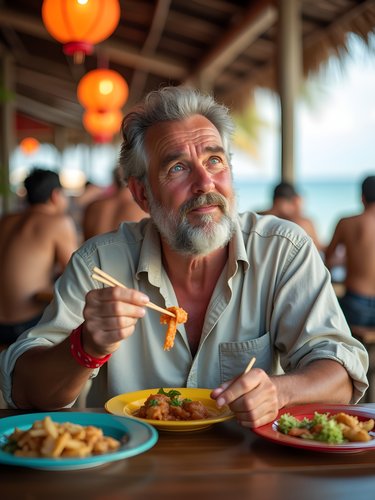
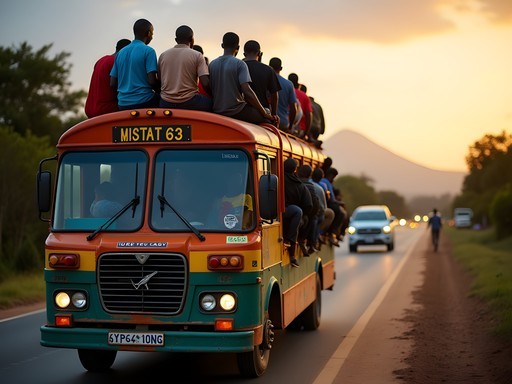
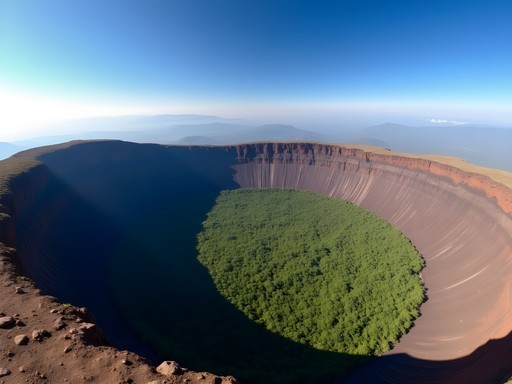
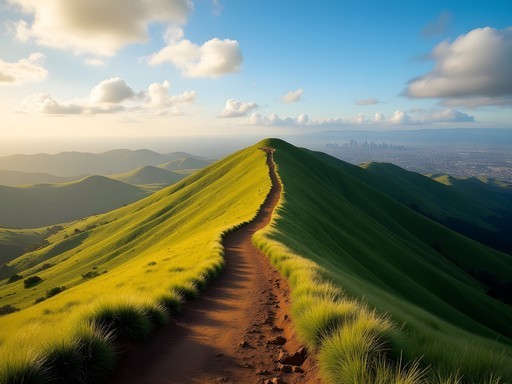
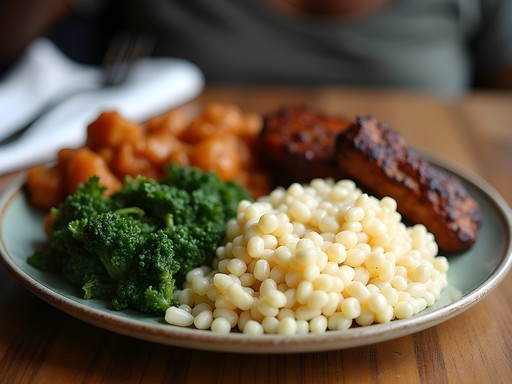
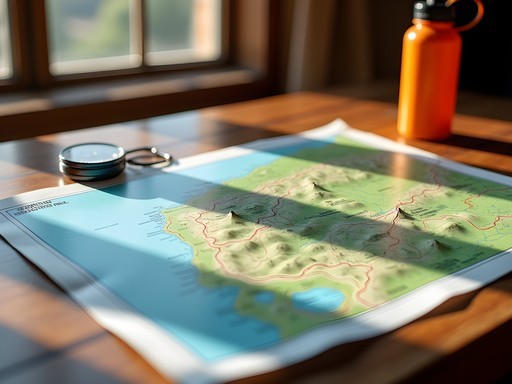










Comments
luckytime600
What's the best time of year to visit these places? Trying to avoid rainy season!
springninja
Did both hikes last year. Longonot's a beast but worth every drop of sweat!
dreamlegend
How difficult would you rate the Ngong Hills hike compared to Mount Longonot? I'm traveling with my parents (60s) who are reasonably fit but not hardcore hikers.
Hunter Bernard
Ngong Hills is actually gentler - more rolling terrain without the steep crater climb. Your parents should manage fine, just take it slow. The first two hills are the easiest if you want to test the waters.
wanderlusttime
OMG those photos of the crater are AMAZING!! Adding this to my bucket list right now! 😍
redpro
Your local food recommendations were spot on. That nyama choma place near Ngong was the highlight of our day!
backpacknomad
Just hiked Longonot yesterday following your guide! The matatu route you suggested saved us so much money compared to what the hotel was offering for tours. One thing I'd add - the entrance fee has gone up to 800 KSH for foreigners since you posted. The hike was TOUGH but incredible! We spotted some zebras and buffalo in the distance using our binoculars. The crater rim was my favorite part - felt like walking on the moon! Your tip about bringing extra water was a lifesaver - we went through 3L each. Planning to do Ngong Hills tomorrow! Anyone have recommendations for which section has the best views if we don't have time for the full ridge?
redpro
For Ngong Hills, the first 2-3 hills have the best city views, but hills 4-5 give you the best Rift Valley panorama. We did just hills 1-3 and it was still worth it!
backpacknomad
Update: Did the first 3 hills as suggested and the views were incredible! Thanks for the tip!
Casey Andersson
Hunter, your bus driver perspective gives such a practical angle to travel advice! I did Mount Longonot last month and stayed at that gorgeous lodge you mentioned near the entrance. The sunset over the crater was absolutely magical! One thing I'd add for readers - the altitude hit me harder than expected (even though I'm reasonably fit). I was glad I had my hydration pack and plenty of electrolyte tablets. The temperature change from morning to midday was dramatic too, so layers are essential. Looking forward to trying your recommended nyama choma spot next time!
wavevibes
That shot of the crater with the clouds rolling in is AMAZING! Definitely adding this to my Kenya itinerary for next year!
Jean Wells
Having completed both hikes multiple times over my years visiting Kenya, I'd like to add some seasonal context to Hunter's excellent guide. If you're planning these hikes between November and December, be prepared for afternoon showers. The trails at Longonot become particularly slippery during the short rainy season. I recommend carrying a hiking pole for stability, especially for the descent. For Ngong Hills, the wind patterns change significantly by season - during July-August, the ridge can experience surprisingly strong gusts. The security situation has improved dramatically in recent years, but I still recommend hiking in groups of 3+ for both destinations. Hunter's transportation advice is impeccable - the public options provide a much more authentic experience than the sanitized tour packages.
escapequeen
Just got back from Kenya and we did BOTH of these hikes!! Longonot was definitely the more challenging one but OMG that crater view! We took your advice about the matatu transport and saved so much compared to the tour packages. One thing to add - we saw so much wildlife on the Ngong Hills trail! Several antelope species and even a jackal! Definitely bring a good zoom lens if you're into photography. We packed our lunch for Ngong Hills and had the most epic picnic with the Nairobi skyline in the distance. Your post was literally our guide for these trips, so THANK YOU!
Venture X
Premium card with 2X miles, $300 travel credit, Priority Pass